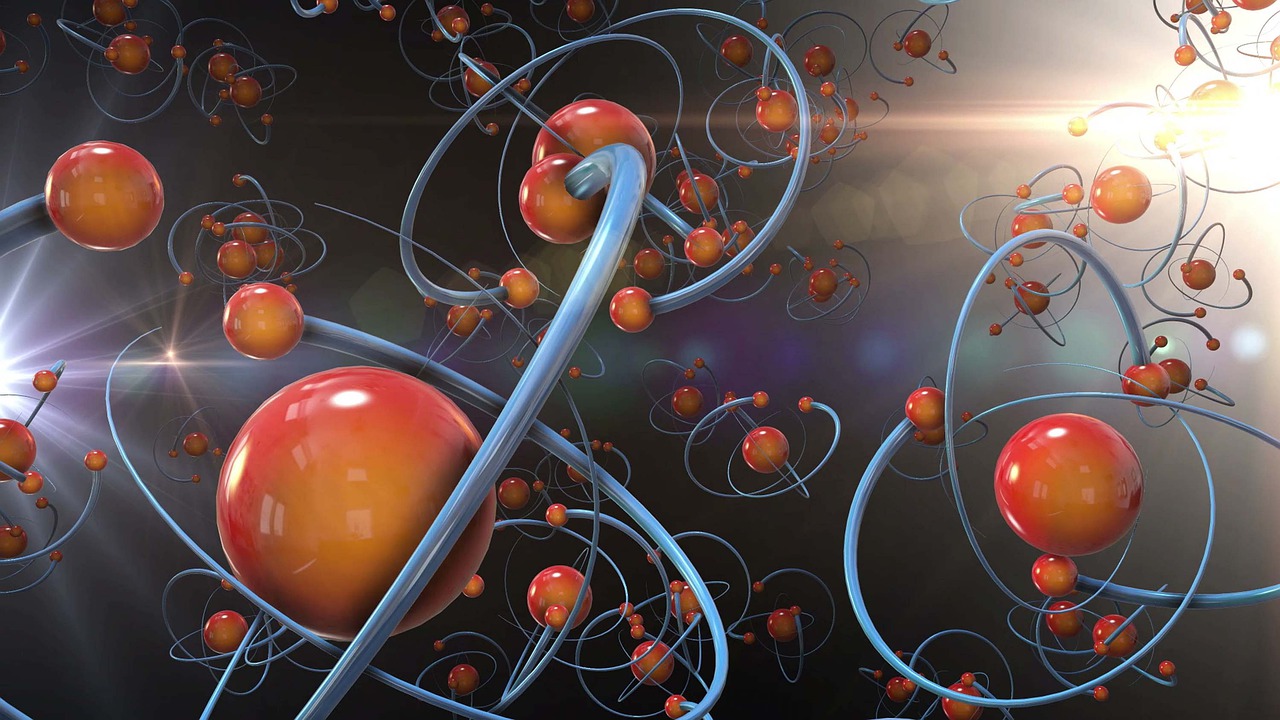Having only recently emerged, nanotechnology is increasingly entering the field of scientific research, and from it into our daily lives. Scientists are increasingly dealing with objects of the microcosm, atoms, molecules, molecular chains.
The basic unit of measurement in nanotechnology research is the nanometer – a billionth of a meter. Molecules and viruses, and now elements of new-generation computer chips, are measured in such units. It is at the nanoscale that all the basic physical processes that determine macro-interactions take place.
Nature itself pushes man to the idea of creating nano-objects. Any bacterium, in fact, is an organism consisting of nanomachines: DNA and RNA copy and transmit information, ribosomes form proteins from amino acids, mitochondria produce energy. Obviously, at this stage in the development of science, it occurs to scientists to copy and improve these phenomena.
Creation of a scanning tunneling microscope in 1980 allowed scientists not only to distinguish individual atoms, but also to move them and assemble from them structures, in particular, components of future nanomachines – motors, manipulators, power supplies, control elements. They are creating nanocapsules for direct drug delivery to the body, nanotubes 60 times stronger than steel, flexible solar cells, and many other amazing devices.
Nanomaterials
One of the main types of nano-objects are nanoparticles. When a substance is separated into particles of the size of tens of nanometers, the total combined surface area of the particles in the substance increases hundreds of times, and as a consequence, the interaction of the atoms of the material with the external environment increases, because now they are almost all on the surface. This phenomenon is used in modern technology. For example, in medicine, silver nanopowder is used, which has antiseptic properties. Titanium dioxide nanoparticles repel dirt and create self-cleaning surfaces. Aluminum nanopowder accelerates combustion of solid rocket fuel. New lithium-ion batteries containing nanoparticles charge in just a couple of minutes. Examples like this abound even now. Another element discovered in the eighties were fullerenes. These structures resemble balls composed of carbon atoms.
Another well-known nanoelement is the carbon nanotube. This is a single-atom layer of carbon coiled into a cylinder a few nanometers in diameter. These objects were first produced in 1952, but it wasn’t until 1991 that they caught the attention of scientists. The strength of these tubes exceeds the strength of steel dozens of times, they can withstand heat up to 2500 degrees and pressure of thousands of atmospheres. This durability is also characteristic of materials made on their basis. In electronics, nanotubes can be used as good conductors, as well as semiconductors. This would be a breakthrough in electronics, allowing microcircuits to shrink according to Moore’s law.
Another nanomaterial is graphene, a two-dimensional carbon layer, a plane composed of carbon atoms. This material was first obtained by Russian physicists working in England. Many scientists believe that this material, which has unique properties, will become the basis of microprocessors in the future, displacing modern semiconductors. In addition, this material is also incredibly strong.
All of these nanoelements are increasingly being used in technological fields ranging from medicine to space research. Another object of nanodevelopment is the so-called quantum dot, a nanosized semiconductor crystal. They are a convenient source of light, the coloration of which depends on the size of the dot: large dots emit a red glow, small ones – a blue one. Such dots can be used in medicine to accurately visualize foci of disease in diagnosis, for example, in oncology. Even various biomolecules could be tracked with them. Quantum dots are also considered a promising material for solar cells and displays on polymer films.
Nanotechnology in medicine
One of the most promising applications of nanotechnology is, of course, medicine. Scientists have been working on the problem of drug delivery directly to cells affected by infection or disease for years. The basic transport design is as follows: a 50- to 200-nanometer capsule of biomaterial containing drug molecules. The outside of the capsule is covered with polymer chains, which determine when the capsule reaches the target tissues, after which the drug is injected and the sheath disintegrates. The latter stages can be postponed and controlled remotely, e.g., by heating or ultrasound. At a recent forum, a mechanism of local radiation administration to tumor-infected liver cells was demonstrated using nanostructured porous silicon. In addition, it is planned to use nanotechnology in the diagnosis of various diseases, including cancer, as well as in working with the human genome.
All these and many other ideas are now not only at the development stage, but also at the stage of practical application. The results of some tests are amazing; some end in failure. At the same time, there is growing enthusiasm among scientists about the approaching era of the most fantastic ideas, for example, complete control over all natural processes or nanofactories assembling any objects directly from atoms. There are many scenarios for the future of nanotechnology, including those that do not bode well for mankind. However, we can say that the interest in nanotechnology is now so great that it sometimes determines the direction it takes.

